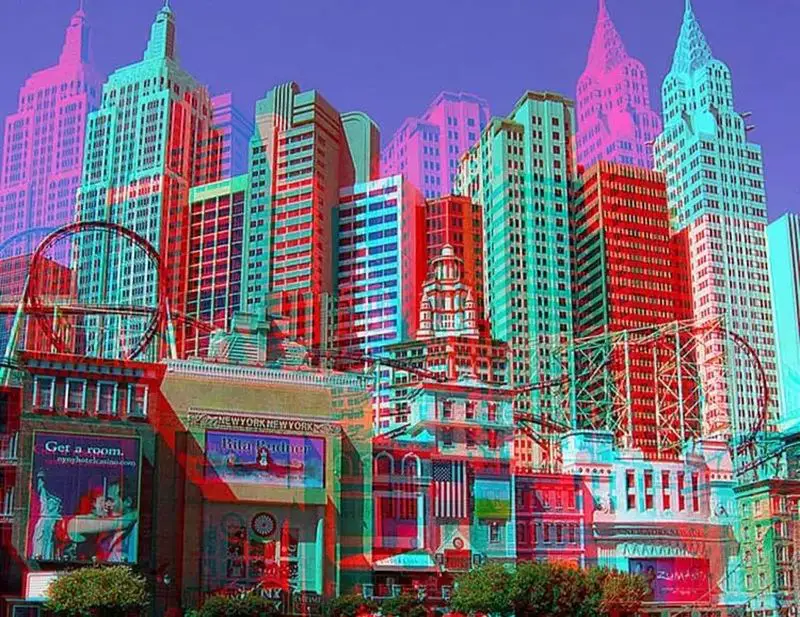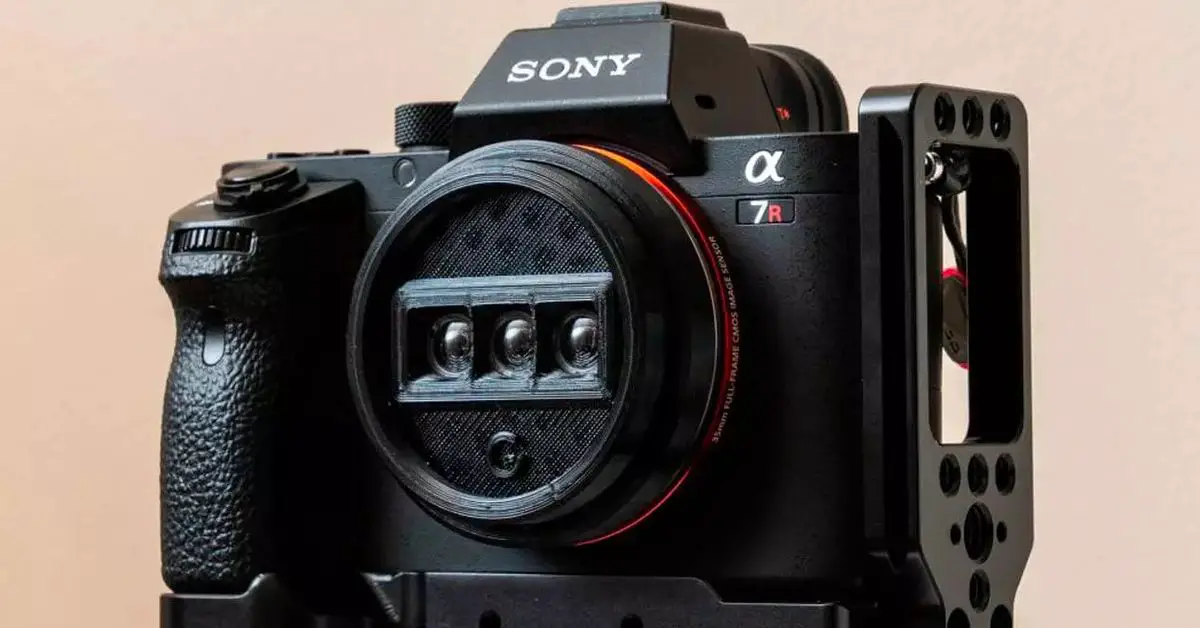The first 3D lens is compatible with all SLR cameras. The technology used by 3D printers is very close to us since anyone can have a 3D printer at home to use and enjoy. These machines offer an infinite number of possibilities when it comes to creating the objects we want, also saving a lot of time during the manufacturing process. In addition, they make it possible to create materials that are much more resistant and flexible than many that are obtained from nature.
3D printing has made work easier for many companies and enterprises, manufacturing very useful materials. This time it has been a photographer who has created 3D printed lenses that allow taking pictures in 3D, something new for photography.
These lenses can make the camera capture stereoscopic motion snapshots, a technique that places frames on top of each other creating a 3D image.
Stereoscopy is a way of creating depth in two-dimensional images, making it appear to have a three-dimensional effect. This is achieved by very quickly combining photos that are very similar to each other, but not the same.

So far, the effect was only possible to create on older film cameras, but 3D printing technology now allows any SLR camera to have this three-dimensional effect.
To achieve this effect with a camera in the past, two or more images had to be taken with at least two lenses at the same time. This technology dates back to the beginning of the 20th century, but about 30 years ago cameras that offered this 3D effect by having more than one lens began to be marketed.
Higher-quality photographs
This new 3D printed lens makes it possible for the first time to achieve the three-dimensional effect with a digital SLR camera. It consists of three 3-centimeter lenses that offer different perspectives of an image. These perspectives can then be manually positioned to give the three-dimensional effect.
In addition, its creator assures that with these lenses the images come out with higher quality, since the light that enters through the camera is harder, which will cause less dispersion between the pixels of the image.
Therefore, 3D printing technology never ceases to surprise us, and this time it has been in the world of photography where this innovation has taken place. However, there are many more areas and fields in which 3D printers are helping hundreds of companies to improve when it comes to innovation.





